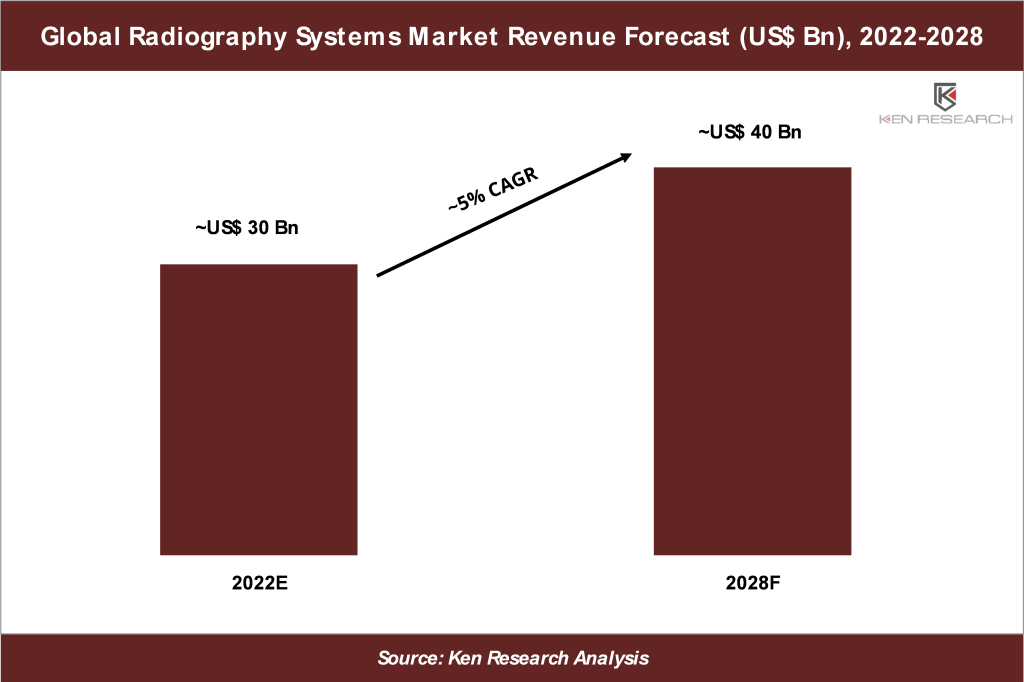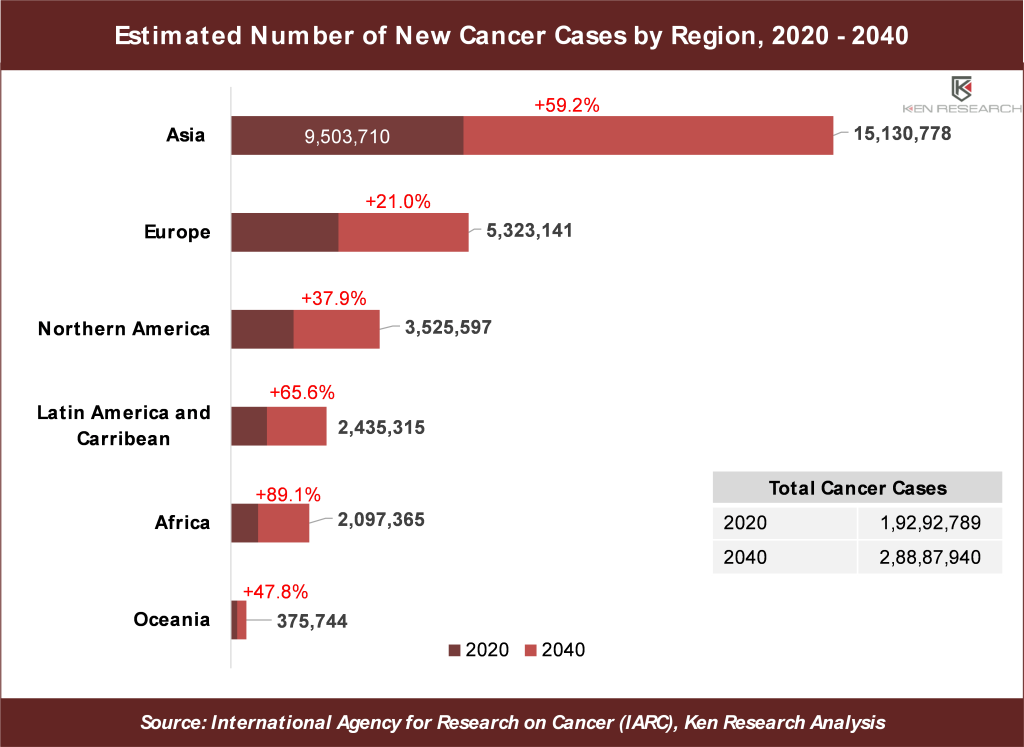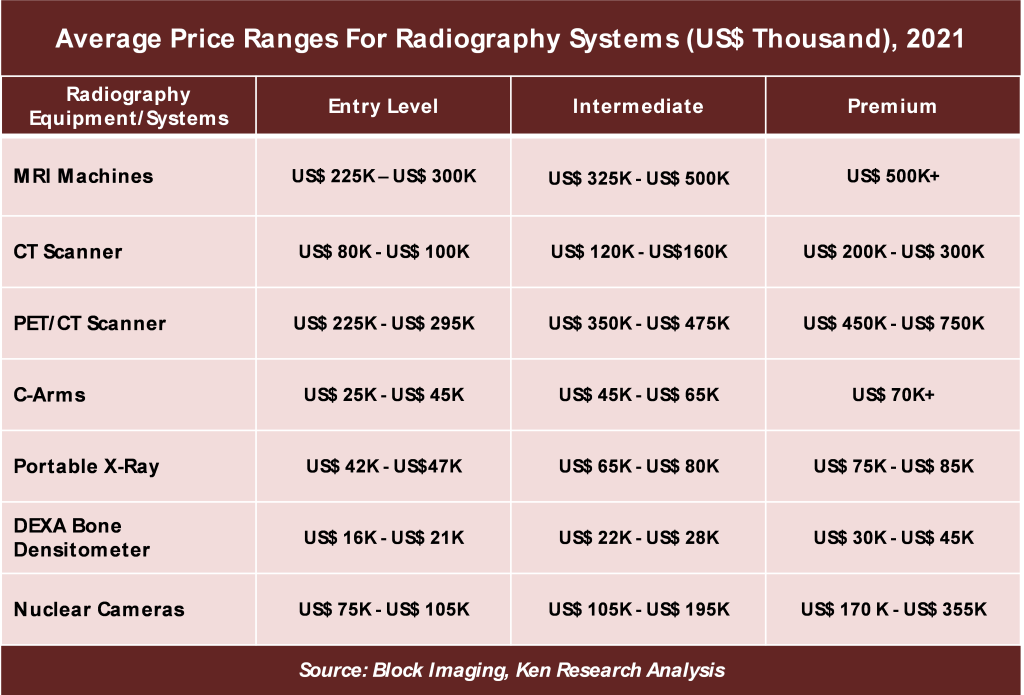Driven by water scarcity, rising population, and rapid urbanization, the Global Water and Wastewater Treatment Equipment Market is Forecasted to reach nearly US$ 75Bn by 2028 says Ken Research Study.
Water and Wastewater Treatment Equipment includes the equipment used in the wastewater treatment plants. The wastewater treatment plants mainly use three processes for treatment purposes i.e. primary treatment, secondary treatment, and tertiary treatment using equipment such as membrane separation, biological, disinfection, and sludge dewatering that is mainly used for municipal and industrial purposes in the treatment of the wastewater.
Ken Research shares 3 key insights on this high-opportunity market from its latest research study.
1. The Water and Wastewater Treatment Market Is Witnessing Steady Growth Owing to Water Scarcity around the Globe.
The Water and wastewater treatment market is witnessing steady growth owing to water scarcity around the globe. Water scarcity means a lack of freshwater resources to meet the regular demand for water consumption for public usage. According to United Nations International Children's Emergency Fund (UNICEF) around 4 billion of the world’s population is experiencing water scarcity, thus many water and wastewater treatment equipment manufacturers are now developing new technologies to deal with water scarcity such as development of wastewater treatment plants for removal of contaminants from wastewater and converting it into safe-to-use and establishment of desalination plants which help in removing salt from seawater, which is helping them to dominate the market.
According to Ken Research estimates, the Global Water and Wastewater Treatment Equipment Market – valued at around ~US$ 35 billion in 2017 and estimated to reach nearly ~US$ 50 billion by 2022 – it is further expected to reach a market size of ~US$ 75 billion opportunity by 2028.
 2. Rise in Population and Rapid Urbanization is driving the Water and Wastewater Equipment Market Growth.
2. Rise in Population and Rapid Urbanization is driving the Water and Wastewater Equipment Market Growth.
The rising population and rapid urbanization are some of the major causes that drive the growth of the water and wastewater equipment market. The rising population leads to the problem of a lack of water resources to fulfil the demand for water for public usage, thus leading to the development of wastewater treatment plants which directly affects the water and wastewater treatment equipment market.
According to The World Bank Group, the urban population has seen a rise from 55% of the world population in 2018 to 57% of the world population in 2021, as many people from rural area shift to the urban region for better employment opportunities.
 Request For Sample Report @https://www.kenresearch.com/sample-report.php?Frmdetails=NTk2MDQw
Request For Sample Report @https://www.kenresearch.com/sample-report.php?Frmdetails=NTk2MDQw
3. High Installation, Operational, and Maintenance Cost of Wastewater Treatment Plants Is One of The Major Challenges for The Market.
The high installation, operational, and maintenance cost of wastewater treatment plants is one of the biggest challenges for the Global Water and Wastewater Treatment Equipment Market. There are mainly 3 water treatment systems i.e. boiler feed water treatment system, raw water treatment system, and cooling tower water treatment system.
The installation cost of a boiler feed water system varies upon low-pressure and high-pressure boilers, as a low-pressure boiler is less effective as compared to a high thus making it less costly.
The raw water treatment system’s average cost is US$ 9,75,000 which varies depending on the flow rate used in the system.
The cooling tower water treatment system’s average cost is US$ 2,50,000 which may increase if the user wants to add more equipment such as membrane separation in the system.
 Request For Sample Report @https://www.kenresearch.com/sample-report.php?Frmdetails=NTk2MDQw
Request For Sample Report @https://www.kenresearch.com/sample-report.php?Frmdetails=NTk2MDQw
Key Topics Covered in the Report
- Snapshot of Global Water and Wastewater Treatment Equipment Market
- Industry Value Chain and Ecosystem Analysis
- Market size and Segmentation of the Global Water and Wastewater Treatment Equipment Market
- Historic Growth of the Overall Global Water and Wastewater Treatment Equipment Market and Segments
- Competition Scenario of the Market and Key Developments of Competitors
- Porter’s 5 Forces Analysis of the Global Water And Wastewater Treatment Equipment Industry
- Overview, Product Offerings, and Strategic Developments of Key Competitors
- COVID-19 Impact on the Overall Global Water and Wastewater Treatment Equipment Market
- Future Market Forecast and Growth Rates of the Total Global Water and Wastewater Treatment Equipment Market and by Segments
- Market Size of Application/End-user Segments with Historical CAGR and Future Forecasts
- Analysis of the Global Water and Wastewater Treatment Equipment Market
- Major Production/Supply and Consumption/Demand Hubs within Each Major Country
- Major Country-wise Historic and Future Market Growth Rates of the Total Market and Segments
- Overview of Notable Emerging Competitor Companies within Each Region
Notable Emerging Companies Mentioned in the Report
- Solugen
- CycloPure
- ZwitterCo
- Aquacycl
- Forward Water Technologies
Key Target Audience – Organizations and Entities Who Can Benefit by Subscribing This Report
- Water and Wastewater Treatment Plant Manufacturers
- Water And Wastewater Treatment Equipment Raw Material Suppliers
- Water And Wastewater Treatment Equipment Products Manufacturers
- Government Ministries and Departments for Drinking Water and Sanitation
- Water And Wastewater Treatment Equipment Industry Association
- Water And Wastewater Treatment Equipment Companies
- Venture Capitalists Targeting Water and Wastewater Treatment Equipment Industry
- Investment Banks Targeting Water and Wastewater Treatment Equipment Industry
- Environmental Regulatory Authorities
Time Period Captured in the Report
- Historical Period: 2017-202
- Forecast Period: 2022E-2028F
For More Information on the Research Report, refer to below links: –
Global Water and Wastewater Treatment Equipment Market: Ken Research
Follow Us
LinkedIn | Instagram | Facebook | Twitter | YouTube
Contact Us: -
Ken Research
Ankur Gupta, Head Marketing & Communications
+91-9015378249











